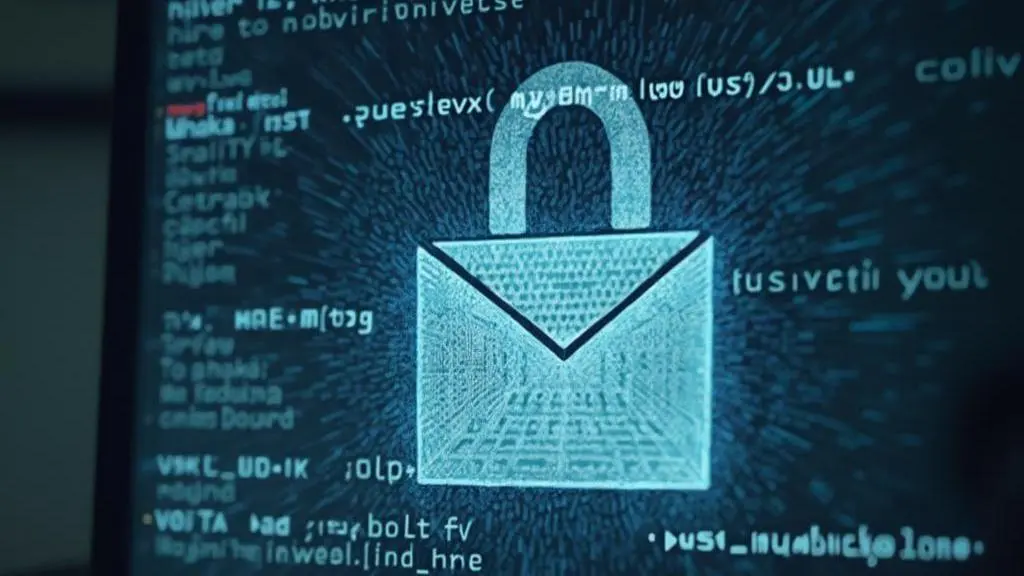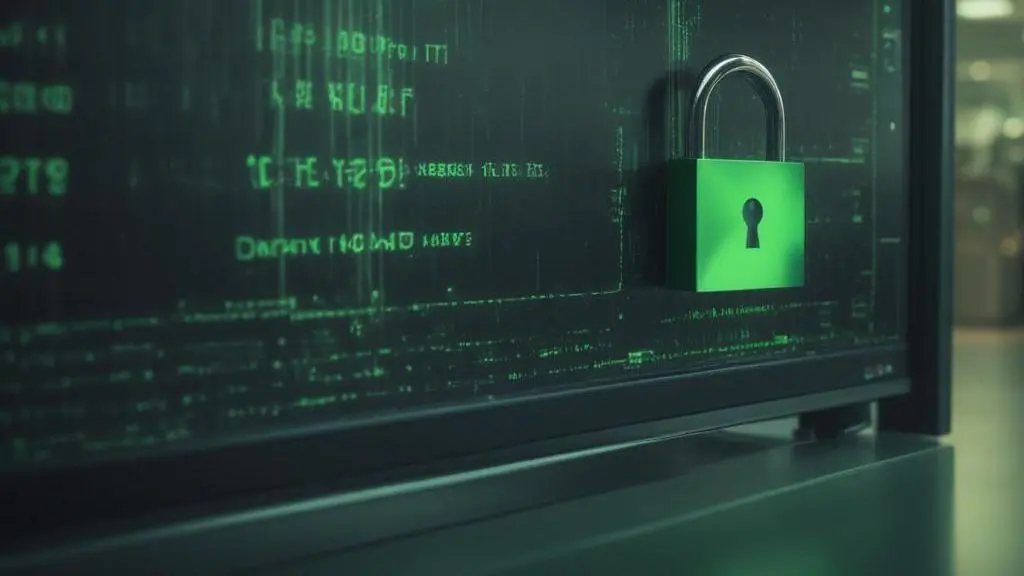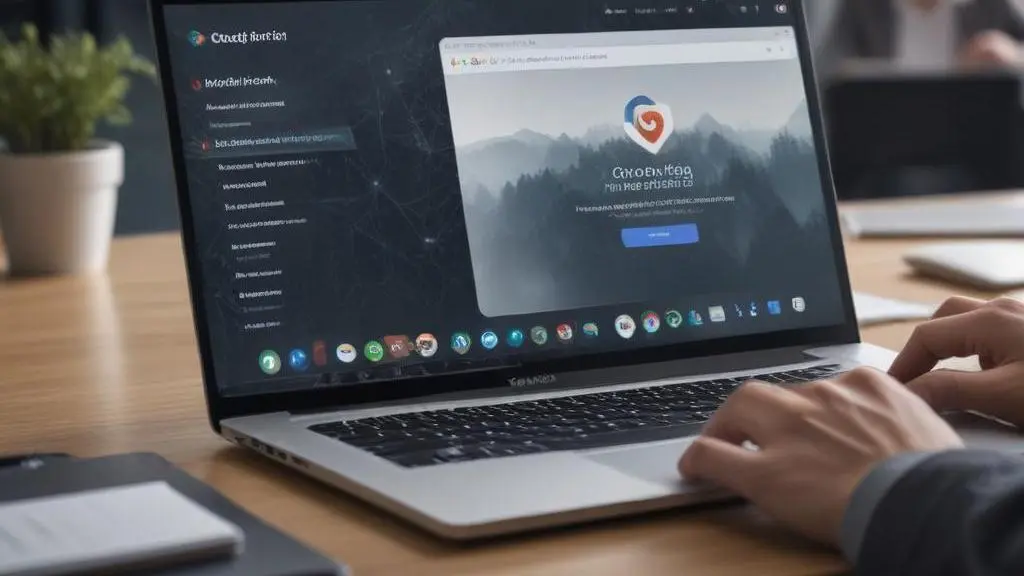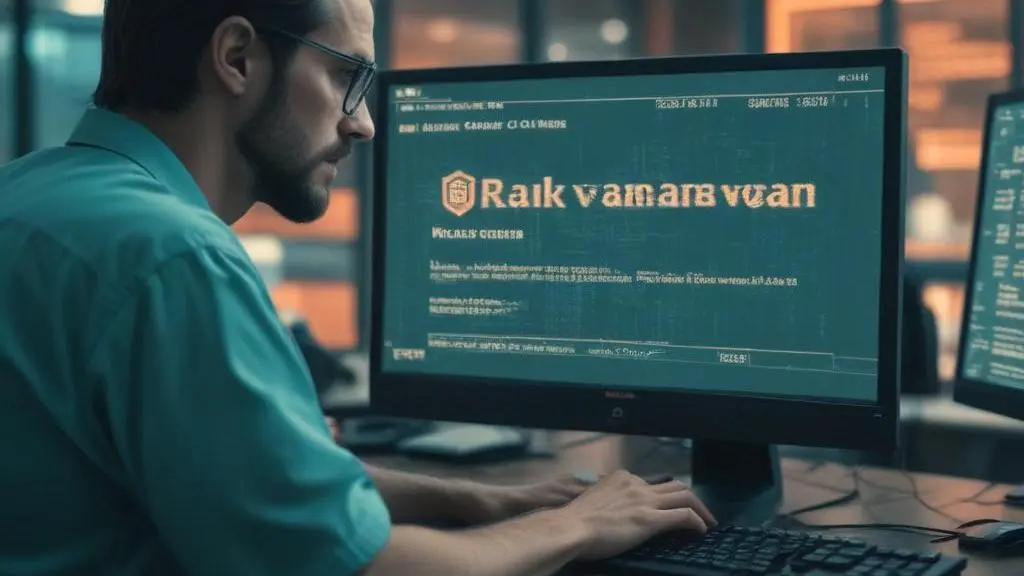Phishing remains a significant cybersecurity threat, targeting individuals and organizations alike. Recognizing and preventing phishing attacks is crucial for safeguarding sensitive information. This exploration delves into the mechanisms of phishing, preventive measures, and the role of professional security services in enhancing digital safety.
What is Phishing
Phishing is a type of social engineering attack often used to steal user data, including login credentials and credit card numbers. It occurs when an attacker, masquerading as a trusted entity, dupes a victim into opening an email, instant message, or text message. The recipient is then tricked into clicking a malicious link, which can lead to the installation of malware, the freezing of the system as part of a ransomware attack, or the revealing of sensitive information.
Common Types of Phishing:
- Email Phishing: The most common type, where attackers send fake emails.
- Spear Phishing: Targeted attacks directed at specific individuals or organizations.
- Whaling: High-stakes phishing targeting CEOs and high-profile individuals.
- Smishing and Vishing: Phishing via SMS and voice calls, respectively.
.
Phishing attacks are a significant part of the broader cybersecurity threat landscape. These attacks exploit vulnerabilities in human behavior rather than technical systems. Understanding the mechanics of phishing is crucial for effective cyber threat mitigation. Identifying the types of phishing helps in tailoring defenses. For instance, spear phishing targets specific individuals, making it essential to educate high-value targets. Whaling, targeting executives, requires specialized training for leadership. Smishing and vishing exploit mobile communications, necessitating vigilance across all communication channels. Recognizing these variations is the first step in a comprehensive defense strategy.
Recognizing Phishing Attempts
Identifying phishing attempts is the first step in protection. Look for these red flags:
- Suspicious Email Addresses: Check the sender’s email address for authenticity. Attackers often use addresses that mimic legitimate ones but have slight differences.
- Urgent Language: Phishing emails often use urgent language to provoke immediate action. Words like ‘urgent,’ ‘immediate,’ or ‘now’ are common.
- Generic Greetings: Legitimate emails usually address you by name. Be wary of emails starting with ‘Dear Customer’ or ‘Dear Sir/Madam.’
- Suspicious Links: Hover over links to see the actual URL. If it looks odd or doesn’t match the expected domain, avoid clicking it. Managing your digital footprint can help reduce the risk of receiving such emails.
- Unexpected Attachments: Be wary of unsolicited attachments. Phishing emails often include attachments that, when opened, install malware.
Additionally, using professional services for vulnerability assessment and digital security audits can significantly enhance your defenses against phishing. Security audits help identify weaknesses that phishers might exploit. For more on vulnerability assessment, refer to this guide. Conducting regular security assessments ensures that your systems are up-to-date and less vulnerable to such attacks.
Preventing Phishing Attacks
Prevention is key to avoiding phishing attacks. Implement these strategies:
- Education and Training: Regular training for employees on recognizing phishing attempts. Educational sessions should cover common red flags and best practices for email handling. Employees should be taught to verify email authenticity and avoid clicking on suspicious links. Regular updates on new phishing trends can keep the team vigilant. For more insights, refer to cyber security best practices.
- Email Filters: Use spam filters to reduce the number of phishing emails reaching inboxes. Advanced filters can detect and block phishing attempts based on keyword analysis and sender reputation. Ensuring that filters are regularly updated can enhance their effectiveness.
- Antivirus Software: Keep your antivirus software up to date. Regular updates ensure that the software can detect and block the latest phishing techniques. Antivirus solutions often include features that scan emails and attachments for malicious content.
- Multi-Factor Authentication: Add an extra layer of security to your accounts. Multi-factor authentication requires additional verification steps beyond just a password, making it harder for attackers to gain access.
- Regular Security Audits: Conduct regular security audits to identify vulnerabilities. Audits help in assessing the current security measures and identifying areas that need improvement. This proactive approach can prevent potential phishing attacks. For a detailed guide, explore vulnerability assessment.
Consider leveraging managed cloud services for enhanced security. These services, offered at a low price, can provide robust protection against phishing and other cyber threats.
Professional Solutions for Enhanced Security
Professional security services play a crucial role in defending against phishing attacks. Services such as web design, web hosting, DNS management, cloud infrastructure configuration and management, and managed cloud services can fortify your digital security. These solutions, offered at a low price, ensure comprehensive protection.
Web design services can integrate security features directly into your site. Features like secure coding practices and HTTPS ensure data encryption. Web hosting services can provide secure server environments. Regular updates and patches can protect against vulnerabilities. For more on web hosting solutions, see this guide.
DNS management is critical for preventing phishing. It helps in blocking malicious domains and redirecting users to safe sites. Effective DNS management can mitigate risks significantly. Learn more about DNS management best practices here.
Cloud infrastructure configuration ensures secure data storage and access. Properly configured cloud environments can prevent unauthorized access. Managed cloud services provide continuous monitoring and threat detection. These services enhance overall security posture. For insights on cloud hosting solutions, visit this link.
For a personalized approach to enhancing your digital security, contact us today.
Final words
Phishing remains a formidable threat, but with the right knowledge and tools, it can be effectively mitigated. Recognizing the signs, implementing preventive measures, and utilizing professional security services are essential steps in safeguarding your digital life. Stay vigilant and informed to protect yourself and your organization from phishing attacks.











Leave a Reply